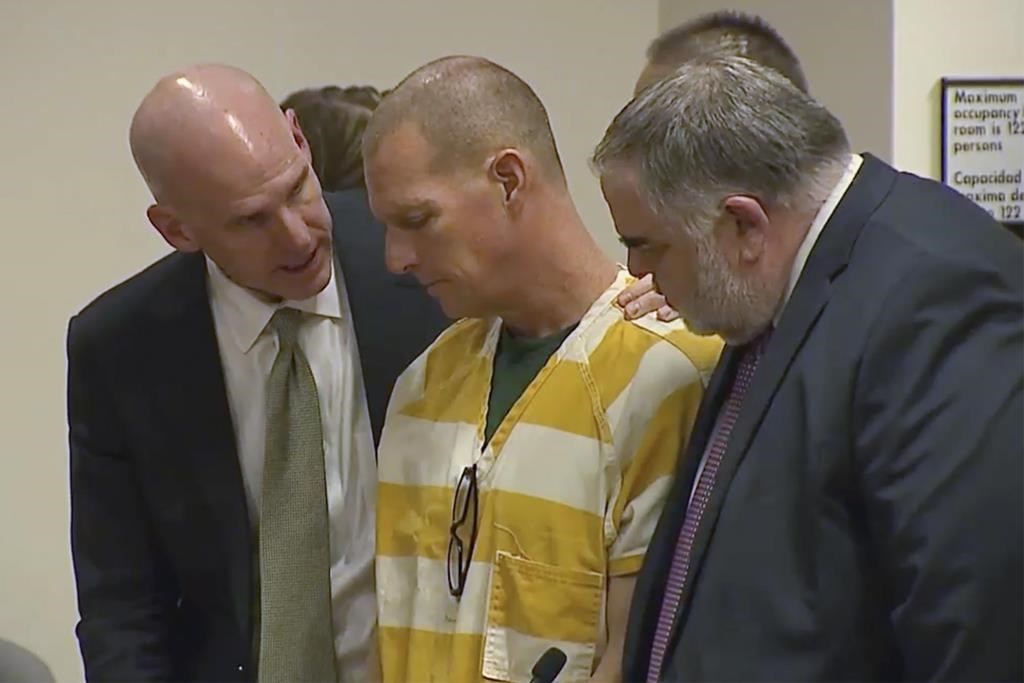- Reaction score
- 2,031
- Points
- 1,260
Read this in a police discussion,
Regarding the use of chemical restraint - outside of hospitals - I was only familiar with non-chemical restraint.
We were equipped with Strait Jackets ( that's the correct spelling ), soft padded leather arm and leg restraints, and boards. Roller bandages and tape also.
Of course, the police also had handcuffs.
What I know of chemical restraint - outside of hospital - is anecdotal, and from reading.
It is apparently not without medical risk to patients, and legal risk to Paramedics who use it,
And, financial risk for city taxpayers.

 halifax.citynews.ca
halifax.citynews.ca

paramedics in many jurisdictions have access to haloperidol, olanzapine and lorazepam for im/iv injection and sublingual administration for the olanzapine.
Regarding the use of chemical restraint - outside of hospitals - I was only familiar with non-chemical restraint.
We were equipped with Strait Jackets ( that's the correct spelling ), soft padded leather arm and leg restraints, and boards. Roller bandages and tape also.
Of course, the police also had handcuffs.
What I know of chemical restraint - outside of hospital - is anecdotal, and from reading.
It is apparently not without medical risk to patients, and legal risk to Paramedics who use it,
Lawyers console paramedic Peter Cichuniec after his sentence is read on Friday, March 1, 2024 in Brighton, Colo. Cichuniec was sentenced to five years in prison for the death of Elijah McClain in a rare prosecution of medical responders that has left officials rethinking how they treat people in police custody
And, financial risk for city taxpayers.

Dozens of deaths reveal risks of injecting sedatives into people restrained by police
Demetrio Jackson was desperate for medical help when the paramedics arrived. The 43-year-old was surrounded by police who arrested him after responding to a trespassing call in a Wisconsin parking lot. Officers had shocked him with a Taser and pinned him as he pleaded that he couldn’t breathe...


